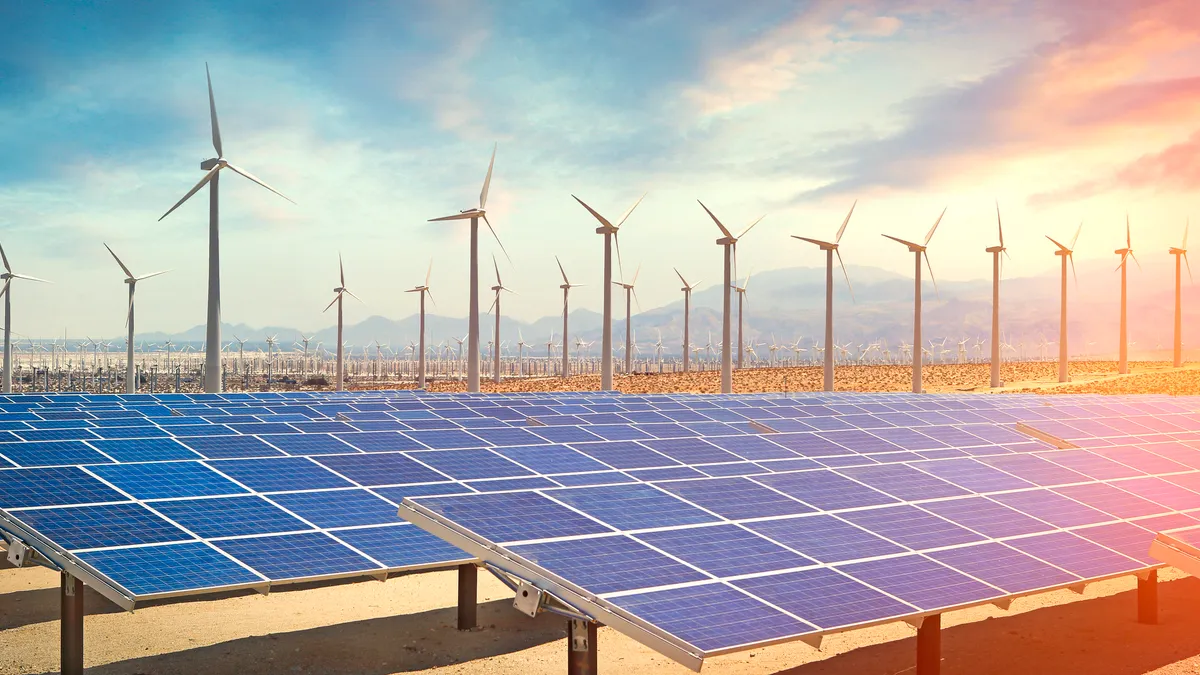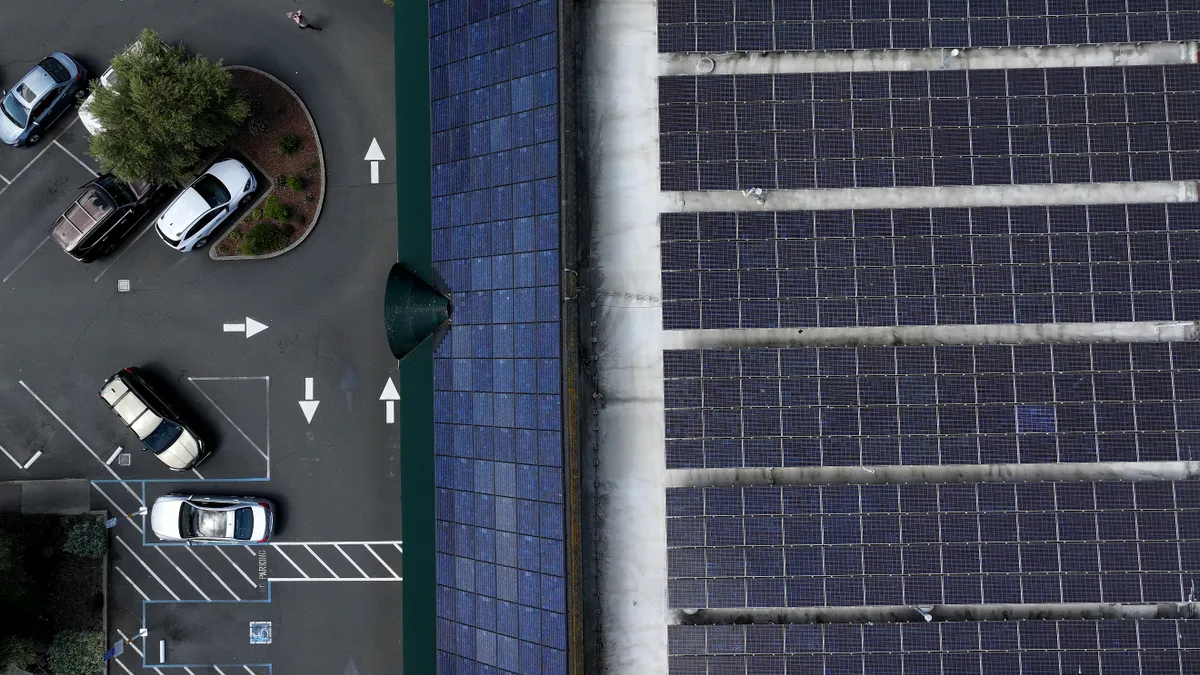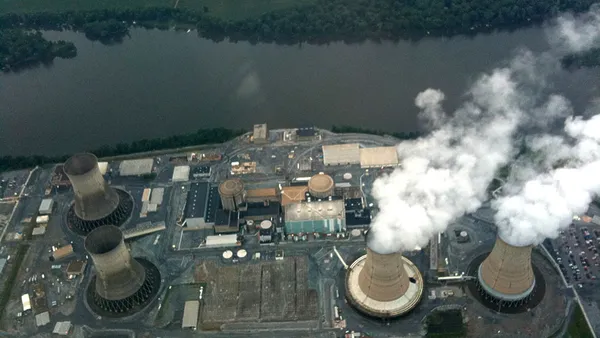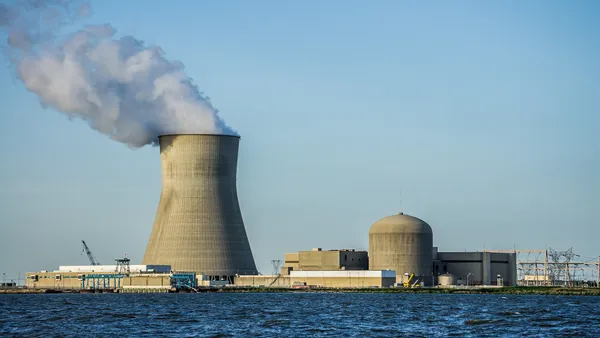Dive Brief:
- By June 2022, the pace of U.S. renewables growth is going to surpass fossil fuel growth by a significantly greater margin than what FERC had anticipated as recently as April, according to the commission's May 2019 Energy Infrastructure Update, released Friday.
- The renewable energy-focused SUN DAY Campaign said new renewable energy capacity would grow more than 10% by 2022 while fossil fuel capacity would only increase about 1%, compared to the April forecast of a 5% net increase. The fossil fuel dip will be largely driven by the more than 4.6 GW of coal forecast for retirement, according to FERC's May update.
- While SUN DAY's analysis asserts that FERC "drastically revised" its 3-year forecast, "the generation additions/retirements section of the monthly report is NOT a forecast or prediction of Commission expectations," FERC media relations director Mary O'Driscoll told Utility Dive via email. The estimates come from outside sources: Velocity Suite, ABB Inc. and The C Three Group.
Dive Insight:
Looking between FERC's April and May infrastructure updates, renewables appear to be displacing fossil fuel and nuclear capacity at a faster pace. The May Energy Infrastructure Update included an additional 3 GW of coal capacity expected for retirement.
"The revisions in FERC's latest three-year projections underscore the dramatic changes taking place in the nation's electrical generating mix," Ken Bossong, executive director of the SUN DAY Campaign, said in a statement.
"The FERC 3-year forecast of U.S. electrical generating mix is an affirmation that the clean energy transition is underway," World Resources Institute (WRI) Senior Associate Devashree Saha told Utility Dive via email.
Based on the data aggregated from independent analysts, "there will be effectively no growth in the generating capacity of fossil fuels while renewables will see significant growth in capacity," Saha said.
While natural gas has become more economic and is expected to grow, more than 10 GW of natural gas generation are expected to be retired in the next three years. Groups like WRI are tracking regional trends to install more natural gas or to pass on gas projects based on state and local support for clean energy.
In a web post published on Monday, Saha highlighted the growing number of state rejections of utility plans to replace coal generation with natural gas amid falling renewable energy prices and climate concerns.
The SUN DAY Campaign's analysis calculated net generation capacity changes by looking at unit retirements and "highly probable" additions. The net new renewable generation capacity will be nearly 27 GW for wind and more than 16 GW for utility-scale solar by June 2022, according to the May 2019 Energy Infrastructure Update.
"These are fairly conservative numbers with groups like Wood Mackenzie estimating more renewable energy growth," Saha said.















